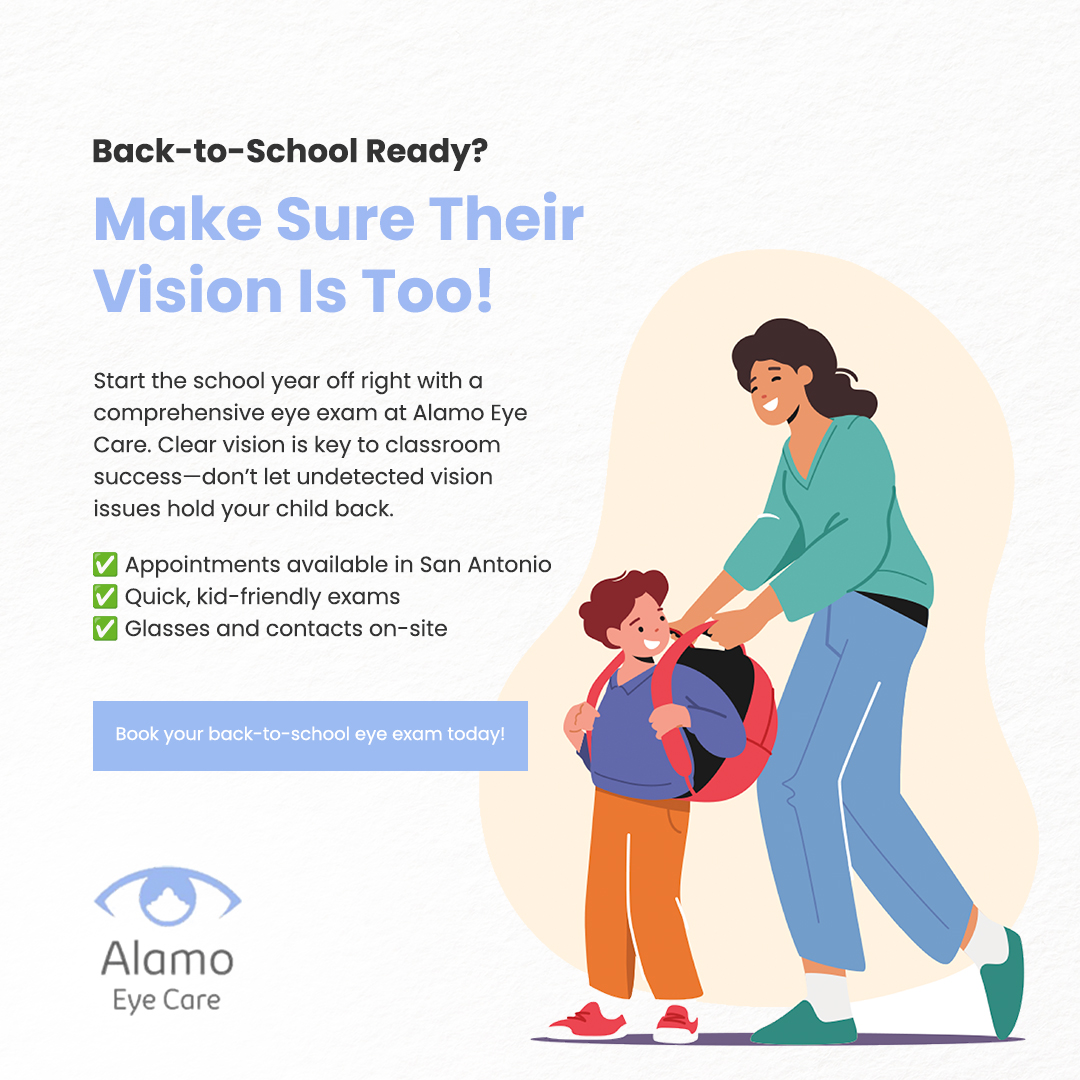
The world of children is one of endless curiosity, exploration, and discovery. Every day is a chance for them to learn something new, to grow and develop. However, this vibrant journey can be obscured by a common vision problem - myopia. It is crucial for parents, educators, and healthcare professionals to understand myopia, its symptoms, and potential impacts, to ensure our children can navigate their world with clarity and confidence.
Understanding the Symptoms of Myopia
Recognizing the signs of myopia in children is the first step towards addressing the condition. The primary symptom of myopia is difficulty seeing objects at a distance. Children may have trouble reading the blackboard in class or identifying distant objects. They may squint or frown when trying to focus on faraway things.
In addition to blurred distant vision, symptoms of myopia may also include frequent headaches due to eye strain and fatigue. Children might rub their eyes frequently or complain about tired eyes. You may notice them sitting too close to the television or holding books very close while reading, indicating they are struggling to see clearly.
These symptoms often become more noticeable during the school years when children engage in more visually demanding activities. Therefore, it is important for parents and teachers to be vigilant and responsive to these signs. Early detection and intervention can significantly reduce the impact of myopia on a child's life.
The Impact of Myopia on School Performance and Academics
Myopia can significantly influence a child's academic performance and overall school experience. Children with undiagnosed or untreated myopia may struggle to see the blackboard clearly, which could lead to difficulties in understanding lessons and poor note-taking. This can result in lower grades, decreased participation in class, and a decline in overall academic performance.
Myopia can also affect a child's ability to engage in co-curricular activities such as sports and arts, which require good vision. This can lead to a sense of exclusion, negatively impacting the child's self-esteem and social development.
Furthermore, the constant struggle to focus can result in fatigue, headaches, and inability to concentrate for long periods, further affecting the child's academic performance and overall school experience. Hence, addressing myopia becomes paramount in ensuring children's academic success and overall well-being.
The Role of Routine Eye Exams
Routine eye exams play an instrumental role in detecting myopia early. These exams not only help identify vision problems but also other potential eye health issues. The American Optometric Association recommends children have their first comprehensive eye exam at six months of age, followed by additional exams at age three and just before they start school, and every two years thereafter.
During an eye exam, an optometrist will assess visual acuity, eye movement, and eye health. If myopia is detected, they can prescribe corrective glasses or contact lenses to help the child see more clearly.
Early detection and treatment of myopia can prevent the condition from worsening and significantly improve the child's quality of life.
Treatment Methods for Myopia
When it comes to myopia treatment methods, there are several options depending on the severity of the condition and the child's age. The most common method is prescribing corrective glasses or contact lenses that help focus light correctly on the retina, thereby improving vision clarity.
Other treatment methods include orthokeratology (Ortho-K), a non-surgical procedure where specially designed contact lenses are worn overnight to reshape the cornea and improve vision. There are also pharmaceutical interventions like low-dose atropine eye drops known to slow down the progression of myopia.
Clearer Vision for a Brighter Future
As we navigate the challenges of myopia in school, let's remember that our goal is not just to correct vision but to empower our children with confidence and independence. Let's ensure they can explore, learn, and grow without any hindrance. After all, clearer vision leads to brighter futures.
If your child is experiencing symptoms of myopia, schedule their eye exam at Alamo Eye Care in our San Antonio or Austin, Texas office. Call or text (210) 403-9050 to schedule an appointment today.








